An interview with elleadore.com, a major French fashion website. They also used one of my pictures here.
As the piece is in French, I am including the questions they sent me and my responses in English below.
Blog, Consultancy, Shop
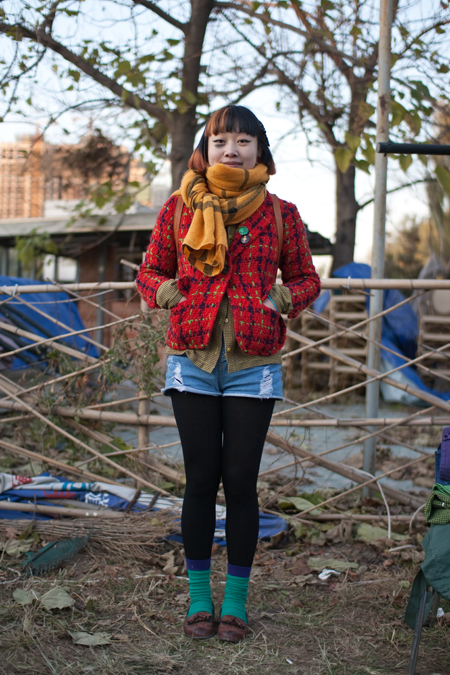
Photo: Suzy
This young student has it all going on. This is the kind of boho Beijinger we’ve all come to love.
From Weibo, it appears that she is something of a local style icon.
For the start of the Year of the Dragon, I decided to share my personal favorite images from the Rabbit.
This is just so much fun and what a great pair!
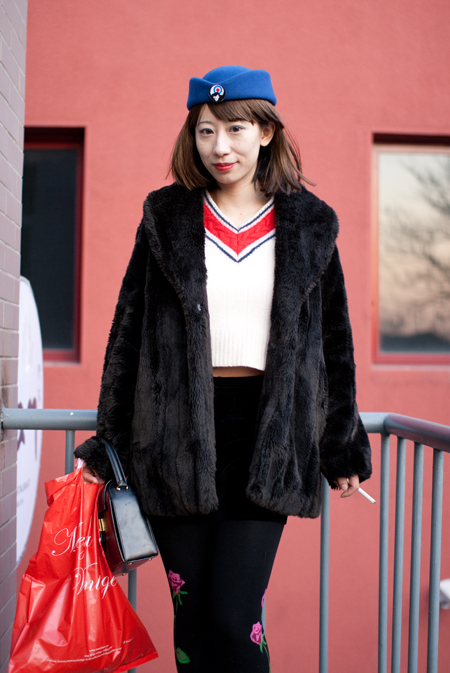
Photo: Suzy
Perhaps there is a bit too much here and her taste may not be entirely unimpeachable, but there is something appealing about the eclecticism here.
I rarely put models up here, but this confrontational chinoiserie from a cosplay party was irresistible.
As was this dramatic coat from the same event.
And what a nice use of blue and lovely smile!
And here is some blue with pop!
Maybe it was the year that local fashionistas discovered blue and realized it is even more adaptable than black.
Thick frames and workwear were also major trends.
Behind this rather S&M look is the chemical tank at 751 that remained the most popular venue for fashion events this year.
An aggressive adrogyny kept appearing.
This was an interesting mixture of mostly items mostly from Western brands to create an effect that seemed undeniably Chinese, or perhaps Uyghur.
Retro florals were the thing to do.
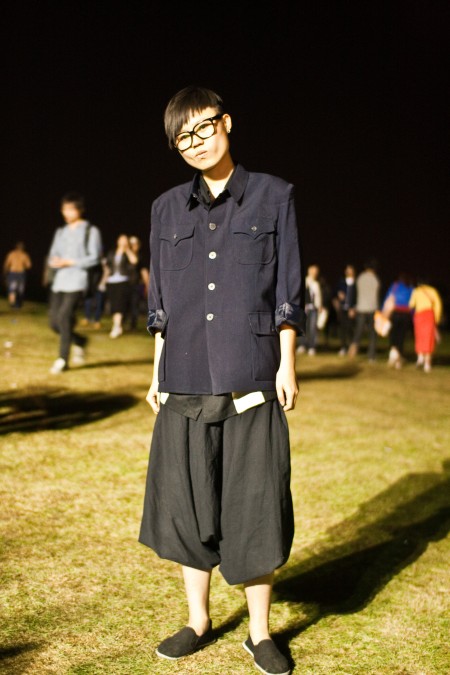
Photo: Suzy
Chinese-influenced looks grew as a trend this year.
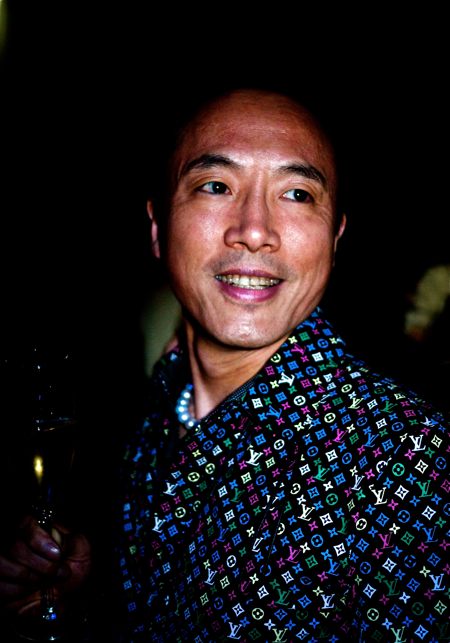
It was a year in which headlines constantly announced Chinese consumers were abandoning conspicuous consumption and logos. The new fashionistas must wear labels with irony.
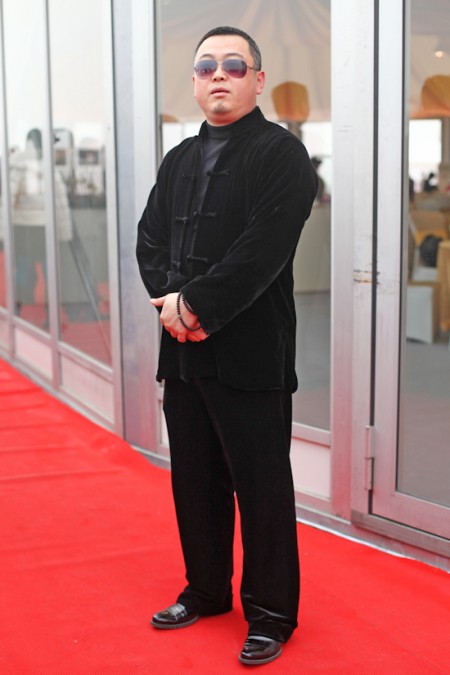
And it was also a year in which luxury consumers in second-tier gained increasing attention.
Which was your favorite look?
I am now on a well-known island chain southeast of Florida with my parents and infrequent internet access. Regular programming will return soon. My apologies for the paucity of posts.

Photos: Yaang Text: LifeStyle Magazine
Founder of Yaang and chief director of Kieperzapfen Design, Wang Yang studied traditional Chinese painting at the China Academy of Art and worked in Hamburg and Berlin for several years.
1. What are the biggest influences on your work?
Artists including Andy Warhol, Giorgio Morandi and Chen Laolian. I also like Song Dynasty bird and flowers paintings and landscapes from the Ming and Qing.
2. Is your work part of the current drive toward Chinese retro and nostalgia?
Chinese culture has so much to explore and my goal is to make products with a visual language that sparks an emotional response in customers.
3. What are the main challenges for you?
Beyond the issues of cost control, finding new channels, and working with suppliers that we always face, we always seek an attractive design language.
4. Where is China design now?
Chinese design is in its infancy since the proceeding period was so empty. Many clients and customers
remain unwilling to spend on design, though trends are positive. Many designers are working hard to get
China on the design map. Competition is growing, so how to find your place and then settle down and just produce good design is an issue.
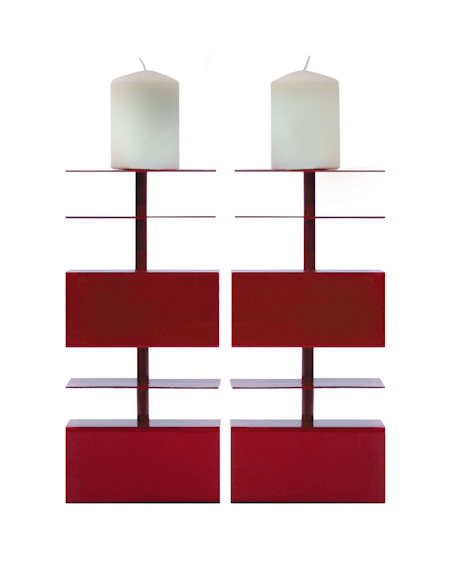
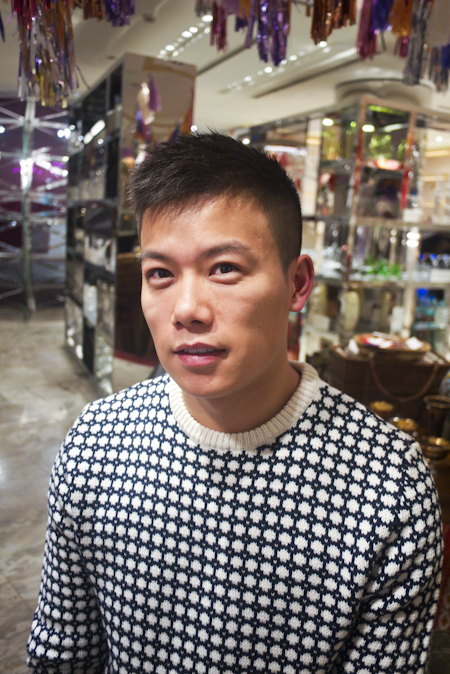
Stanley is one of the main men behind Liquid Element, one of China’s premier PR/events companies.